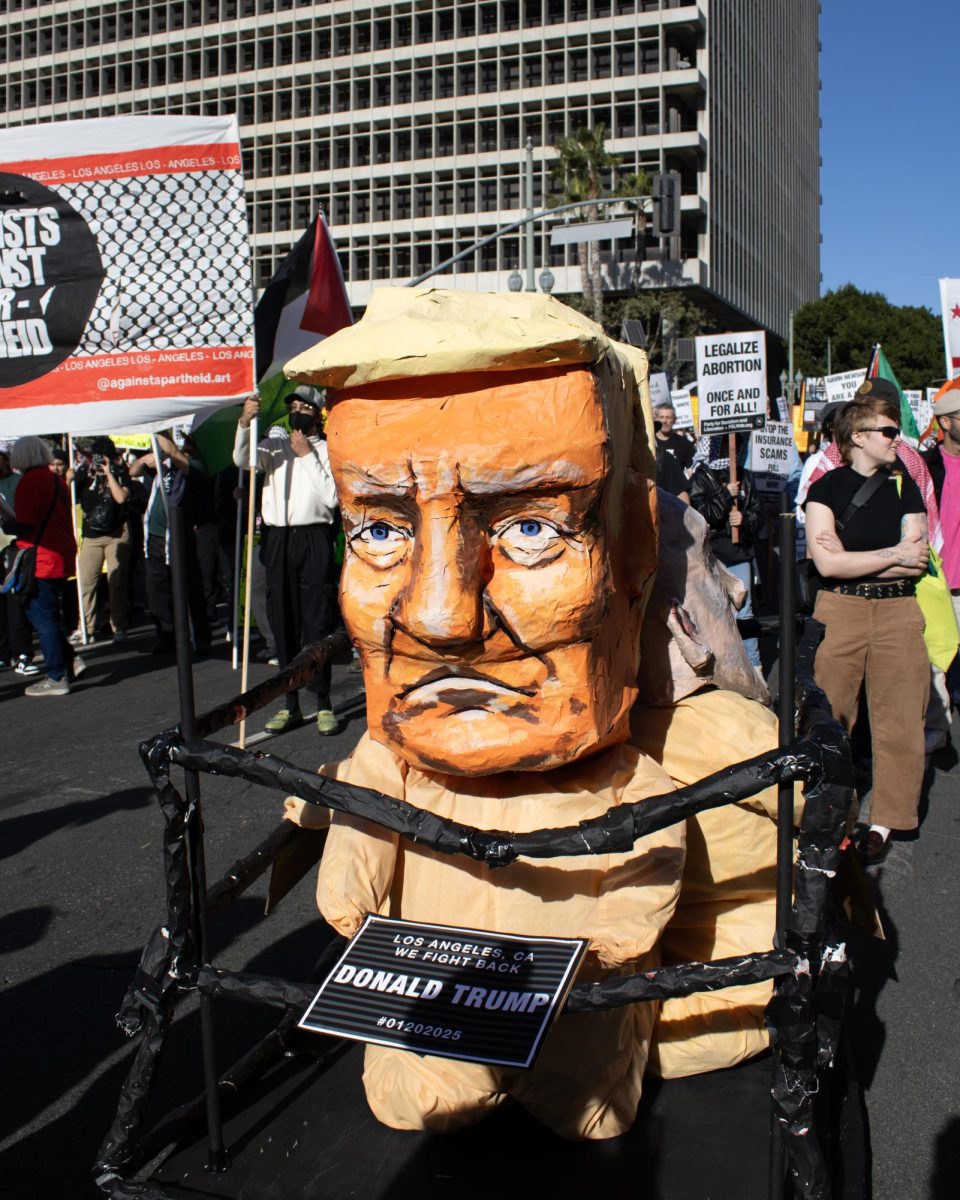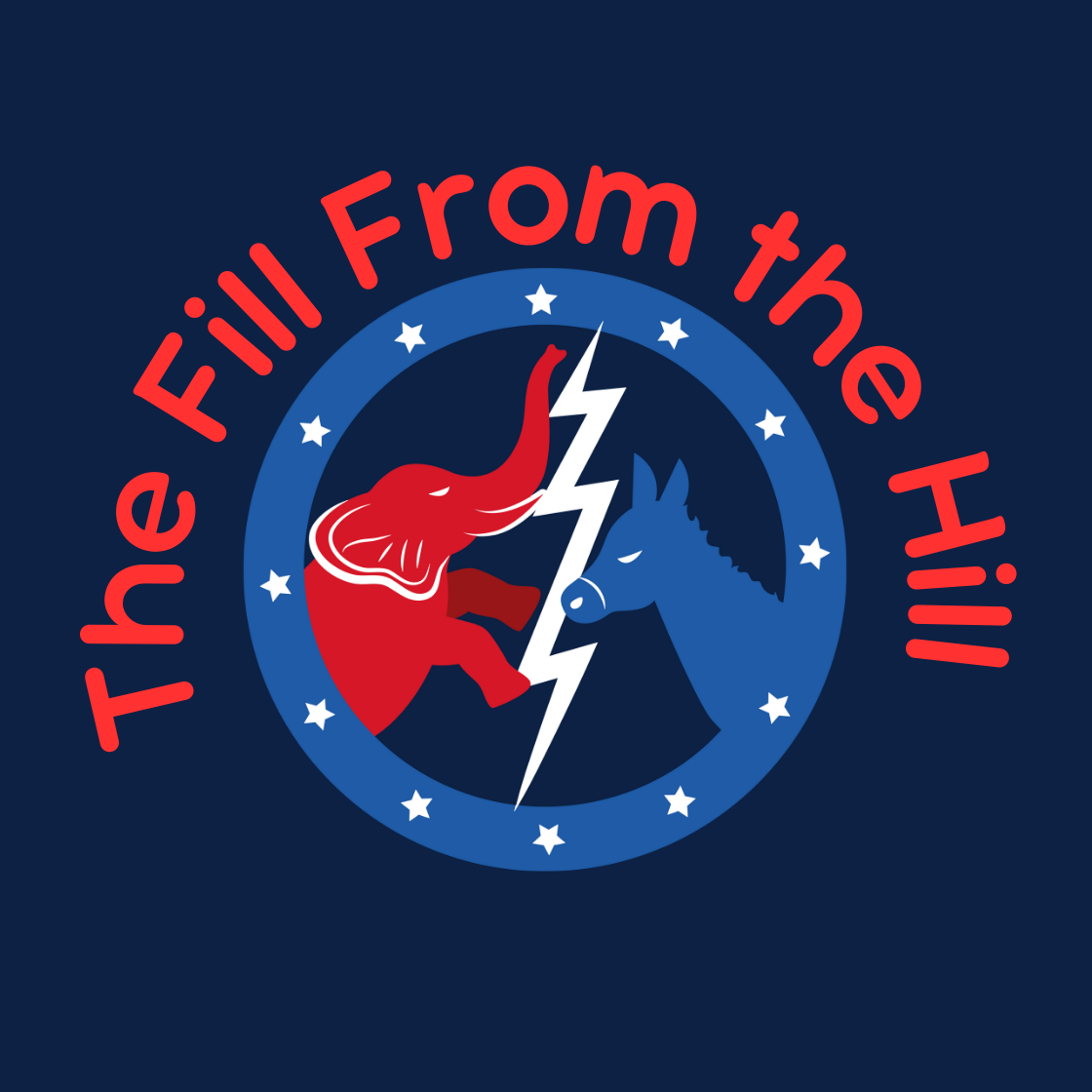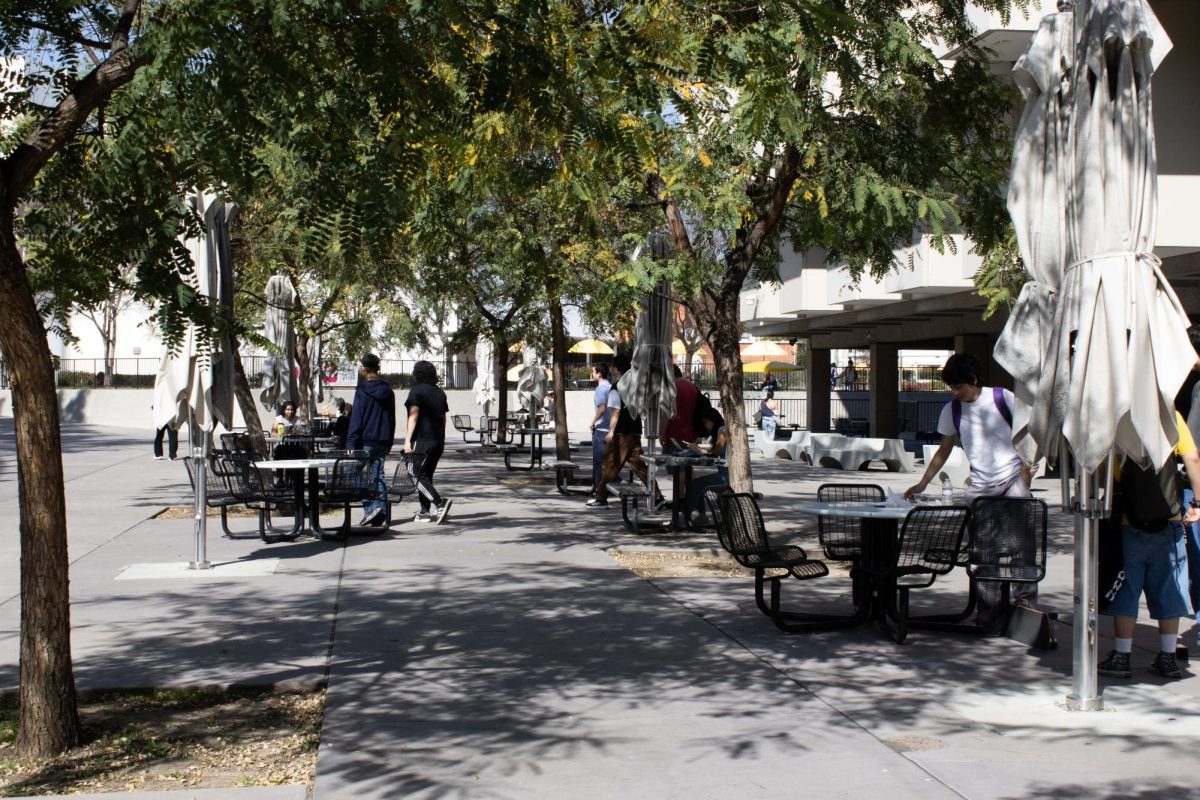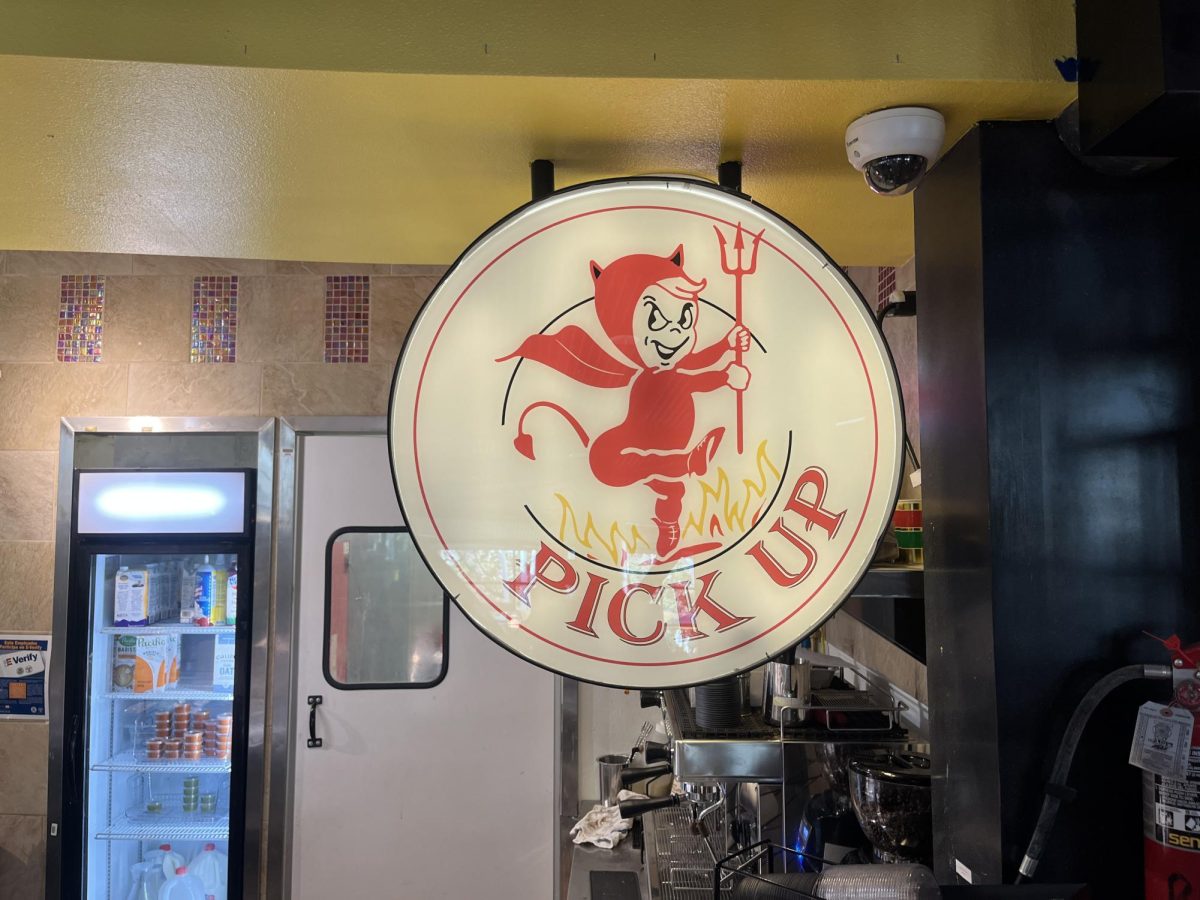The University Times works to bring coverage to Cal State LA on-campus events, issues, and culture. We seek to highlight parts of the campus that are not often discussed or should be brought to light. Our newsroom is run entirely by students with our advisor, Julie Patel Liss, providing occasional support and guidance when necessary.
Despite common misconceptions, the university has no say in what we choose to publish or cover at the University Times. Our advertisements are obvious and if they could be mistaken for “editorial” – or newsroom-generated — content, we clearly label that as an ad or sponsored content.
Many of our ideas for content come from research online, experiences shared with us by colleagues and classmates, and tips from students and faculty on campus. However, while we try to do our best to cover the issues on campus, we have a small staff of less than 15 students on staff, not counting an occasional contributor or intern.
There may be moments where we end up missing an issue or event on campus because we were short-staffed or information was shared with us too late.
Our stories often require multiple days and up to multiple weeks of work, because we must include information from multiple sources, including real people we interview on the record, reports and other data, and emails and documents to support and corroborate any information or to get context on issues. It is our journalistic integrity to always find supporting evidence for claims before creating any official post.
This is why we try not to rely on anonymous sourcing, as we try to be transparent to our readers about our sources. We also want to be able to show that our sources are real individuals who are sharing their thoughts on specific issues or concerns. Unnamed sources can’t be held accountable if the information they provide is incorrect, exaggerated or misremembered.
However, we do make exceptions in allowing unnamed sources if the information is vital to the public, can’t be found in any other way, is corroborated in another way and there is a very good reason for including it. In those cases, the reporter would need to get prior approval from me, as editor-in-chief, and the unnamed source’s full name, title and phone number would have to be shared with me – only for fact-checking purposes, not for publication.
We also seek to give all sides of our stories the opportunity to respond to any allegations or concerns before publishing. This often requires us to reach out to the university or different departments, and organizations for comment.
Rather than having one-sided coverage, it is our goal to provide a platform for people to be able to have a chance to either speak out or clarify any misunderstandings.
Although our staff is small, we seek to continue to bring news coverage that is factual, informative, transparent, and inclusive to the campus.
That doesn’t mean we are perfect. Our newsroom has made mistakes with typos or inaccurate information, and when that happens, we strive to be transparent and acknowledge our mistakes. Depending on where the story ran, a correction on it is added to the website or next print edition – and we encourage our readers to let us know whenever you believe our coverage has fallen short.
If you are interested in submitting a letter to the editor, a full story or other content item for consideration by our editors, a pitch or email can be sent to editorinchief.ut@gmail.com.
Please help improve our coverage and help us keep the campus informed by sharing tips about any events, issues, concerns, or potential story ideas to the editor-in-chief email.
Sincerely,
Anne To
Editor-In-Chief















